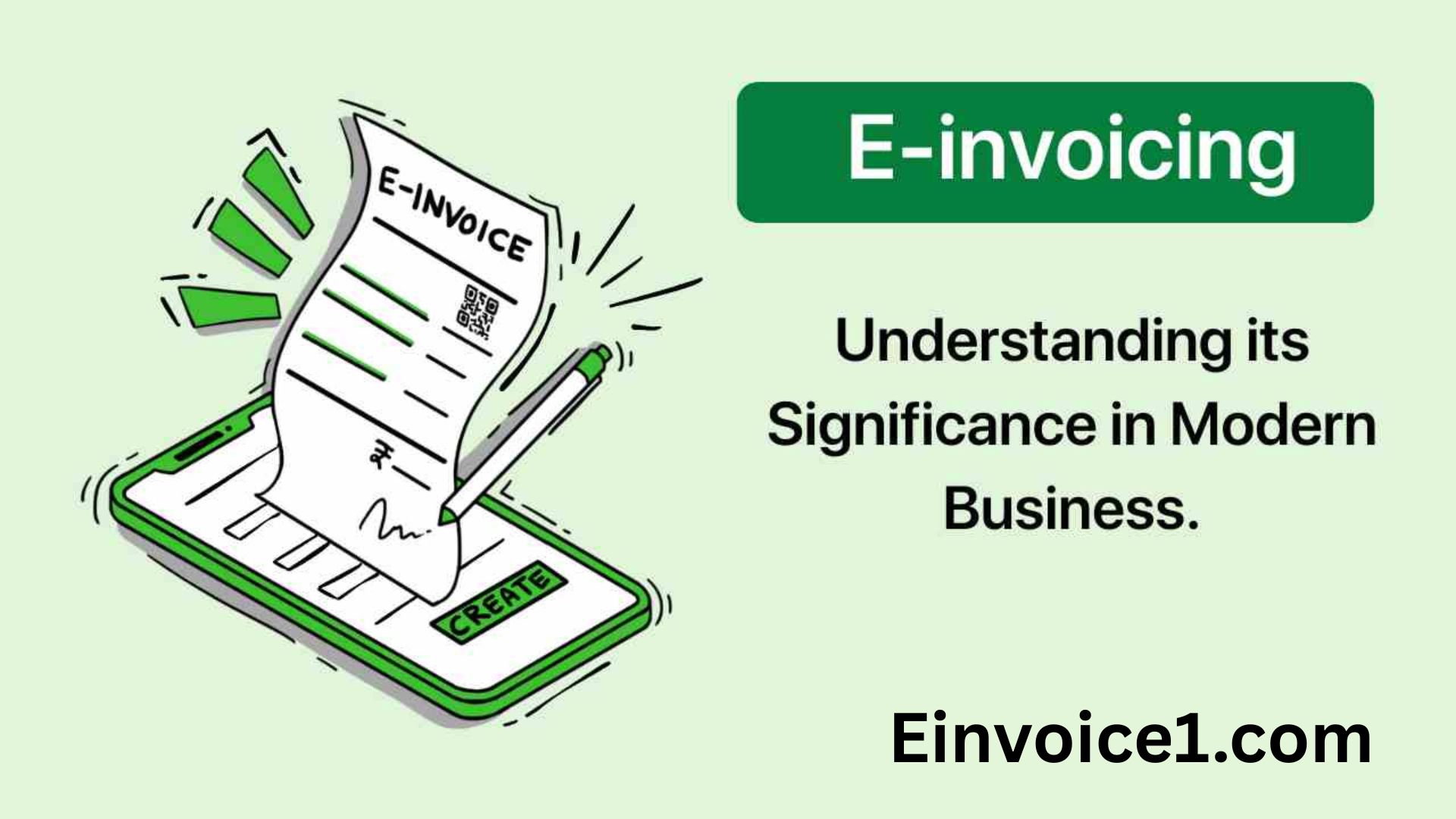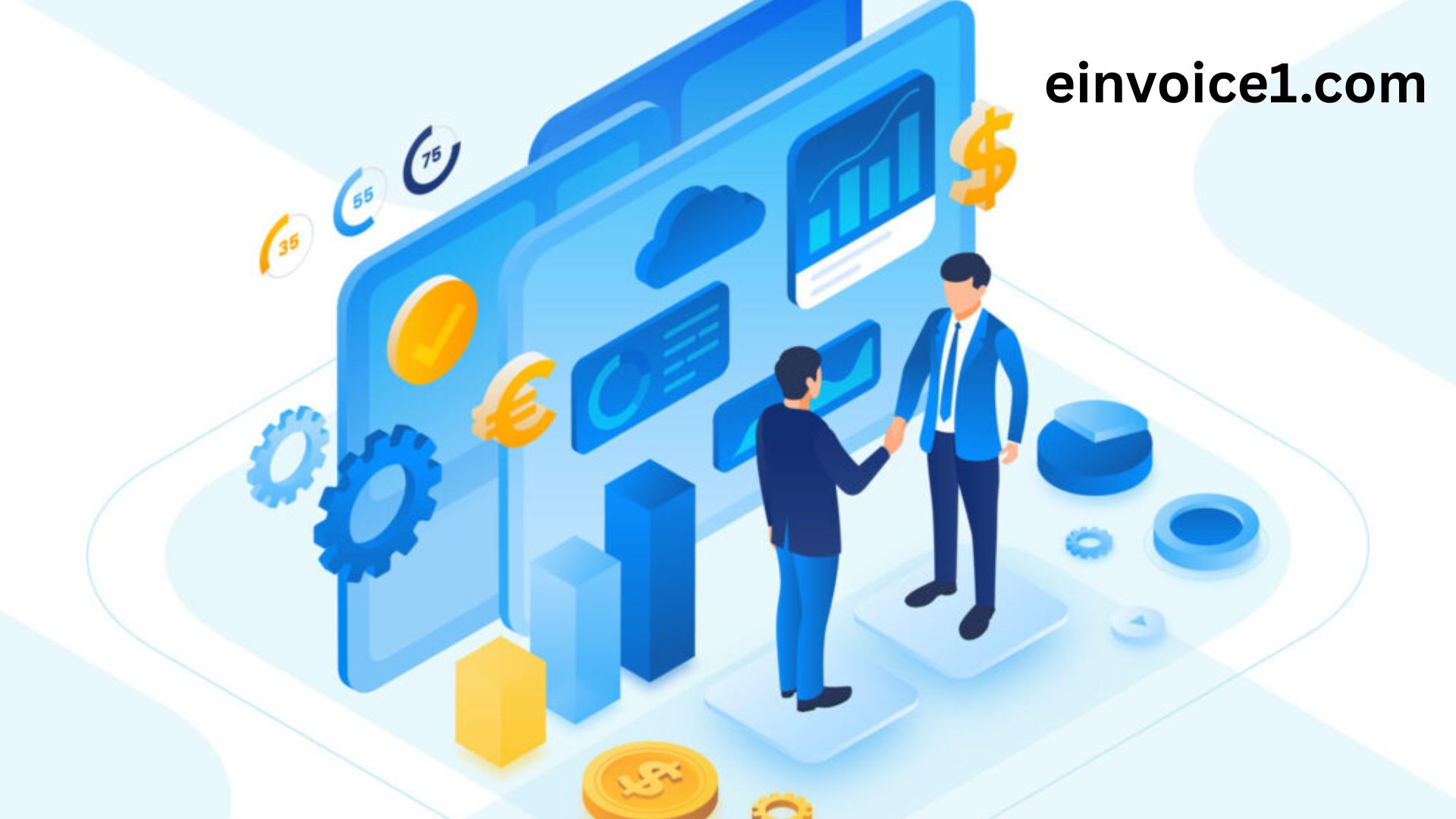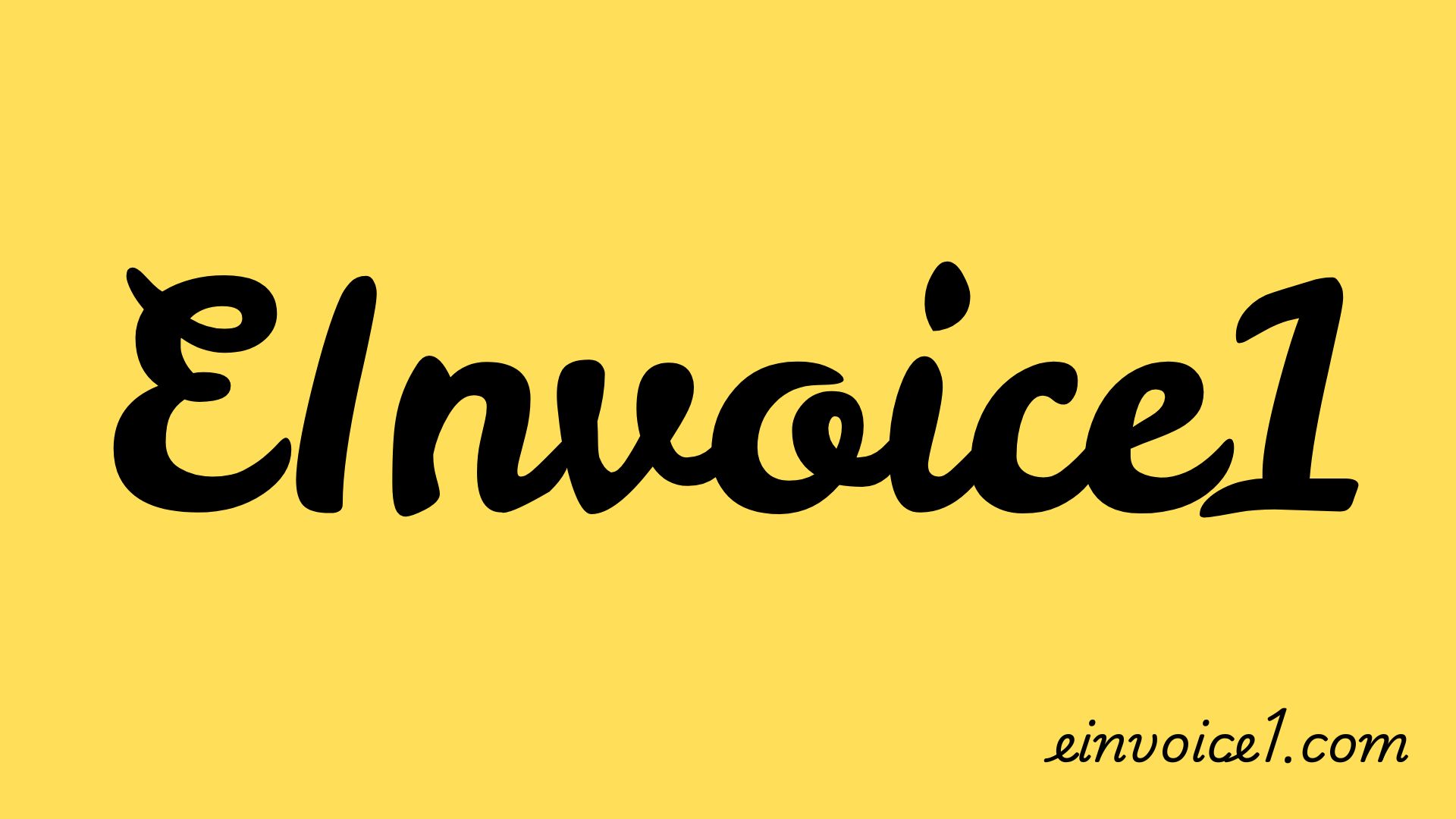In the elaborate weave of global commerce, one humble instrument has been central for centuries. For the last several centuries, that eInvoice1— little more than a request for payment — has taken roughly the same steps to follow its line: generated, printed, mailed, received manually, entered manually into some database or another system, filed away for record-keeping purposes and eventually paid. Despite being a familiar process, the traditional approach is fraught with problems and inefficiencies. Yet a deep shift is occurring, fueled by digitalization and an international move to greater transparency. That transformation is the advent of the eInvoice1 – not simply an electronic version of a paper invoice, but rather an overhaul of the entire financial supply chain.
A receipt or an electronic receipt is so much more than a PDF that I received via email. It is a formatted data file in standard format, the recipient’s accounting software can receive and process automatically. It is a kind of digital “container” for invoice information that software can read, interpret, and act on automatically. This migration from unstructured data (a PDF or paper) to structured, machine-readable data is at the heart of the eInvoice1 revolution. Governments and businesses all over the world are taking notice, so moving to a true eInvoice1 system is increasingly going to be a savvy, strategic decision for any entity wishing to remain competitive in the modern economy.
What Truly Defines an eInvoice1?
To appreciate the power of this tool, it’s necessary to differentiate it from popular digital alternatives. Emailing a scanned PDF, or a Word document doesn’t count as e-invoicing in the true sense. The recipient will then have to manually enter this information into their ERP, and the errors can stack up from there.
A real eInvoice1 has a number of key properties:
Organized Data according to a Standard: Invoice data must be in a worldwide or national standard, for example UBL (Universal Business Language) and EDIFACT or FacturaE standard in Spain as well as the Peppol BIS format utilized all over Europe and other parts of the world. This standardization is the language that enables various computer systems to interact without a hitch.
Automated Processing – Since the data is formatted, it can be automatically received, validated and posted to Buyers AP system. This automated entry saves you from entering everything by hand.
Integrity and authenticity: Legal frameworks, such as those in play in mandatory e-invoicing regions such as Latin America and certain parts of Europe, stipulate that eInvoice1 systems protect the integrity (hasn’t been tampered with) and authenticity of its origin. This is usually accomplished using digital signatures or by accessing government-controlled clearance platforms.
Moving to a single format for e-invoicing facilitates an electronic handshake between buyers and sellers that reshapes AP/AR.
The Many Benefits of Implementing eInvoicing
The benefits of switching to eInvoice1 are numerous, touching almost all the areas of a business.
Dramatic Cost Reduction
The primary advantage is obviously a considerable cut down on spending. The cost to process one paper invoice can range from $10 to $30, inclusive of the price of the paper (or even per impact printing), postage, manual handling, filing and storage. An eInvoice1 process that is automated reduces this cost by multiples, in some cases a couple of dollars per invoice. This saving happens thanks to the physical materials, postage and especially labor hours spent for their performing.
Enhanced Speed and Cash Flow
The whole payment sequence speeds up drastically. Accelerate timing – an eInvoice1 can be sent, and if valid approved and scheduled for payment in days instead of weeks. This acceleration will help increase supplier relationships, and put cash in the hands of suppliers more quickly, something which is vital for SMEs. Buyers realize increased early payment opportunities, and the finance team now has real-time access into liabilities.
Near-Elimination of Errors
Humans make mistakes when entering data manually. Miscalculated figures, incorrect invoice numbers, or the use of an inappropriate purchase order number can result in late payments, disputes and damaged relationships with suppliers. eInvoice1 has a validation at source and automates the transmission with an error rate approaching zero. And that’s building a more predictable and credible finance.
Improved Compliance and Fraud Prevention
eInvoice1 reporting is becoming mandatory in several countries to fight VAT fraud and tax evasion. A government-approved eInvoice1 offers authorities real-time or near-real-time transaction information, and is not easily subverted so that sales could be concealed, records manipulated. This means businesses stand to benefit from enhanced compliance and a strong audit trail. Secure communication and the aspects of digital signatures that also contribute to security in these environments mean it is more difficult for fake invoices to be passed into the system.
Strategic Business Insights
Once invoice information is digitalized and organized it is a very rich source of business insights. By looking at spending patterns, companies can use their purchasing power based on volume and timing to negotiate better terms from suppliers, with a stronger view of how money is flowing through the business. The data mindset also encourages more strategic decision making for executives.
The World Stage: Mandates and Interoperability
e-Invoicing is not implemented and adopted uniformly worldwide. Various jurisdictions have pursued different paths, largely reflecting their objectives in regulation.
The Latin American Model (Clearence) – Nations like Brazil, Mexico, Chile and Argentina were early adopters making e-invoicing mandatory. Their model, usually a “clearance” or “authorization” system. Beyond this, an eInvoice1 has to be sent to the government tax authority (e.g., SAT in Mexico, SEFAZ in Brazil), who will validate and assign a unique authorization code before it is issued to the buyer. This has given the government unparalleled visibility into business transactions for purposes of tax collection.
The European Model (Post-Audit & PEPPOL) The European Union’s main thrust has been to standardise e-invoicing for public procurement via the PEPPOL network (Pan-European Public Procurement Online). Not all EU countries currently have mandatory B2B e-invoicing, however there is considerable momentum behind it and the likes of Italy, France and Poland are leading the charge. The EU model is a “post-audit” one, where invoices are passed immediately between businesses, but need to be retained in a form that can be produced to tax authorities if demanded. The challenge in Europe is joining it all up so that a business throughout Germany can send an eInvoice1 to public organisation in Finland just as easily using the common PEPPOL network.
The North American Model (Market-Driven): The U.S. and Canada have overall followed a market-driven track without federal requirements for B2B e-invoicing. Adoption has been led by big companies looking to cut costs. Yet, fragmentation in standards and requirements among many of the large buyers is making life complex for suppliers, suggesting a demand for more uniform practices.
How to Implement an eInvoice1 Solution
Letting a business prepare for the move is key to making it work.
Assessment and Planning Analyse your present volume of invoices, incoming and outgoing. Know who are your major trading partners and what they can do. First, what is the core objective in sight – to reduce cost, adhere to regulation or enhance relation with suppliers?
How to Pick: There’s no right or wrong answer of course
ERP Module: The majority of today’s ERP systems such as SAP or Oracle provide an e-invoicing module which serves simple requirements well.
Specialized Service Provider: The most convenient path for a majority of businesses is to make use of the services from specialized in eInvoice1 service provider. These Suppliers provide cloud-based platforms which can manage format conversion, compliance to different national standards (if required), network transmission (e.g. PEPPOL) and integration with your existing finance systems.
Direct Integration: It may be possible for truly large companies with substantial IT resources to build a direct integration to a particular network or standard, but integration can be prohibitively complex and is rare.
Integration and Testing: The selected solution needs to be integrated with your central financial systems seamlessly so that data can flow automatically. There’s also no substitute for intensive testing with a pilot cohort of suppliers or customers to identify and fix any problems before introducing at scale.
Change Management & Onboarding: It’s all about the human factor. Educate your finance team on new processes, and arm your supply chain and customers with the simplest instructions possible for connecting and sending eInvoice1 documents that are compliant. Sometimes a phased introduction of new joiners is best.
The Future is Automated: Moving Beyond the Basics of eInvoice1
The eInvoice1 is not the destination; it’s the first step toward a completely automated finance function. Now more advanced technologies are being powered by structured data from e-invoices:
AI and Machine Learning: AI has the potential to interprete invoice data to code expenses, identify anomalies or fraud risks as well as forecast cash flow more accurately.
Dynamic Discounting and Supply Chain Finance: With invoices rapidly approved, buyers can provide dynamic discounting – where suppliers opt to get paid sooner in return for a small monetary discount – which is a win-win scenario.
Real-Time Transaction Reporting (RTR): This is the next phase of tax compliance, where governments request for more up-to-date or continuous data reporting of transactions. The eInvoice1 is the main piece of information for CTC regimes.
Conclusion
The global e-invoicing trend is unstoppable. What starts off as a “paper” replacement evolves into a strategic enabler that will improve efficiencies, ensure compliance, unbridle critical data insights, and increase business relationships. An eInvoice1 is more than just digits on a digital document, but the touchstone to a stronger, faster and smarter financial ecosystem synergy. For companies that haven’t begun that journey yet, the time for assessment is long past. The adoption of the eInvoice1 is a matter not of ‘whether’ but of ‘when’ and companies which adopt it early will gain a substantial competitive advantage in the digital economy.




